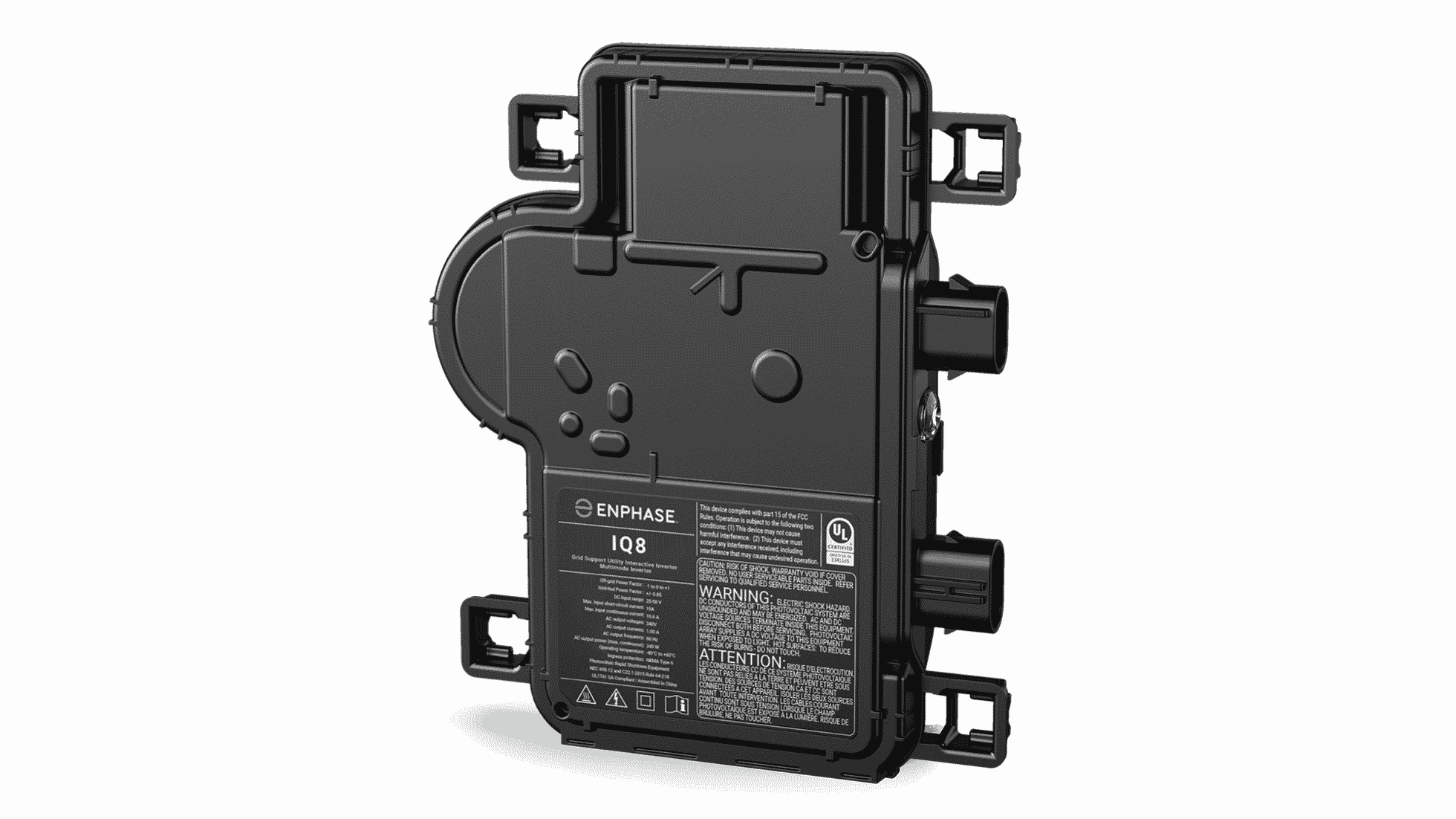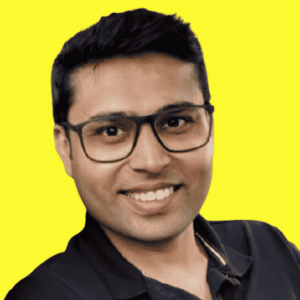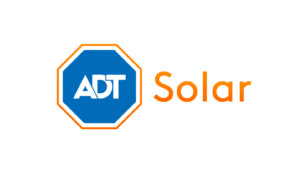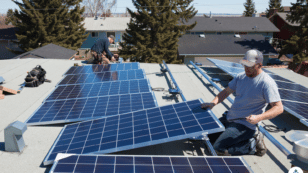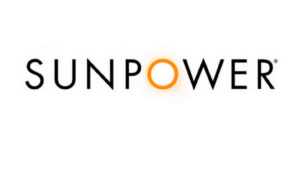

Microinverters: Everything You Need to Know in 2024
Here’s what this article will cover:
- What are microinverters?
- String inverters vs. microinverters
- Advantages of microinverters
- Popular microinverters
Each product and or company featured here has been independently selected by the writer. You can learn more about our review methodology here. If you make a purchase using the links included, we may earn commission.
What Are Solar Microinverters?
Microinverters are small electronic devices that convert direct current (DC) into alternating current (AC). One microinverter could fit the palm of your hand. The main factor differentiating microinverters from traditional inverters is that they operate at the panel level rather than the solar panel system as a whole.
Microinverters are categorized as module-level power electronics (MLPE). Therefore, these grid-tie inverters have much smaller power ratings — just enough to convert a single solar panel’s DC power into AC power.
For example, a typical Enphase IQ8+ microinverter is rated for a peak output power of 300 VA and an input power of 235-440+ W, meaning you can install it on a solar panel with a minimum of 235 W and a maximum of around 440 W power output.
Most solar microinverters are plug-and-play devices, meaning you can connect and operate them in a few easy steps or disconnect them without using much time or tools. They usually sport built-in MC4 connectors for quick and easy connection.
They also come with remote monitoring technology, meaning you can check the status of each microinverter, and hence the solar energy performance of each panel, on a smartphone app.

SunPower
Pros
- Most efficient panels on the market
- National coverage
- Cradle to Cradle sustainability certification
- Great warranty coverage
Cons
- Expensive
- Customer service varies by local dealer
SunPower designs and installs industry-leading residential solar and storage solutions across all 50 states. With a storied history of innovation dating back to 1985, no other company on this list can match SunPower’s experience and expertise.
SunPower earns its position as the top national installer on our list for a handful of reasons: It installs the most efficient solar technology on the residential market, offers the most expansive service area and backs its installations with a warranty well above the industry standard. All the while, SunPower pioneers sustainability efforts within the industry.
If that weren’t enough, SunPower systems come packaged with products all manufactured in-house by its sister company, Maxeon. This means that your panels, solar cells, inverters, battery and EV chargers are designed to work together and are all covered under the same warranty.
SunPower’s biggest downside? Its high-efficiency panels are considerably more expensive than most of its competitors’ products. However, its powerful panels are workhorses that make up for the initial cost with more backend production (think about this like spending more money for a car that gets more miles per gallon).
Facts and Figures: SunPower
| EcoWatch Rating |
|---|
| Better Business Bureau (BBB) Rating |
| Year Founded |
| Average Cost ($-$$$$$) |
| Solar Services |
| Brands of Solar Equipment Offered |
| Warranty Coverage |
| 5 |
| A+ |
| 1985 |
| $$$$ |
| Solar Panels, Solar Batteries, EV Chargers, System Monitoring |
| SunPower Panels |
| 25-year all-inclusive warranty |

Blue Raven Solar
Pros
- Industry-leading in-house financing
- Competitive pricing
- Excellent reputation
Cons
- Doesn't offer solar batteries (coming 2022)
We like Blue Raven Solar because it understands that, for most homeowners, the cost of solar presents the biggest barrier to entry.
For that reason, Blue Raven Solar developed an innovative solar financing plan that offers in-house, flexible, zero-money-down options. The results speak for themselves, as Blue Raven Solar is now one of the fastest-growing solar companies in the nation and was recently acquired by SunPower. Its BluePower Plus+ plan (exclusive to Blue Raven) mimics the flexible structure of a lease while still providing the greatest benefits of owning your system.
Eligible homeowners enjoy 18 months of solar power before having to pay their first bill. When coupled with the federal solar investment tax credit (ITC), the initial energy savings can offset more than a third of the overall cost of a system before requiring a dollar down.
In contrast, other installers can only offer similar financing through solar leases, PPAs or third-party providers (such as Mosaic or Sunlight). Third-party loan providers can complicate the process, while opting for a loan or PPA will disqualify you from some of solar’s biggest benefits (additional property value, federal solar tax credit and local solar incentives).
Facts and Figures: Blue Raven Solar
| EcoWatch Rating |
|---|
| Better Business Bureau (BBB) Rating |
| Year Founded |
| Average Cost ($-$$$$$) |
| Solar Services |
| Brands of Solar Equipment Offered |
| Warranty Coverage |
| 4.5 |
| A+ |
| 2014 |
| $$ |
| Solar Panels, System Monitoring |
| Trina Solar, Canadian Solar, SolarEdge, Silfab, SunPower |
| 25-year manufacturer warranty; 10-year workmanship warranty, 2-year production guarantee |
Microinverters vs String Inverters
The major difference between string (or central) inverters and microinverters is the number of solar panels they connect to. Traditional inverters connect to an entire solar array or string, which can be anywhere from a couple to hundreds of individual solar panels. On the contrary, microinverters are connected to each solar module and are usually mounted on the racking system.
Traditional inverters are bigger and bulkier, making them difficult to carry and install. Microinverters are much smaller, slightly larger than the junction box on a solar panel, and weigh around 2-4 lbs.
Microinverters typically cost a couple of hundred dollars per unit. While they offer many advantages, which we will cover further, microinverters are notably costlier than string inverters when installed on an entire solar power system.
Check out this video from Enphase to learn more about microinverters and their benefits.
Microinverters vs Power Optimizers
DC power optimizers are physically identical to microinverters and also connect to the back side of a PV module. Where they differ from microinverters is their functionality.
Power optimizers do not convert DC into AC. Their job is to monitor each panel. This way, a system with a combination of a string inverter and power optimizers acts as a hybrid between a simple string inverter system and a microinverter system.
Being similar to micro inverter technology in some ways, optimizers are also classified as module-level power electronics (MLPE). In addition to monitoring each panel’s output, power optimizers can also sense when a panel is not generating enough power, due to shading or other reasons.
When this happens, the optimizer can “optimize” the output so that the entire string is unaffected. Therefore, just like microinverters, optimizers can be a helpful addition to any system installed on a complex roof with poor panel orientations.
What Are the Advantages of Microinverters?
Despite their added cost, microinverters are rapidly gaining popularity thanks to their numerous advantages. Let us go over some of them:
Lowered Chance of System Shutdowns

Because a string inverter is interconnected, one single point of failure means your entire system will be unable to provide your home with any AC power, rendering your solar panels useless. For relatively larger systems, this could cause huge losses from power wasted while waiting on a technician to repair the issue.
On the contrary, if one or two microinverters fail, the remaining panels in the system keep functioning. Since microinverters are plug-and-play devices, it is easy to swap them for a newer unit within a few minutes.
Panel-Level Monitoring
If a single panel stops working in a system with a string inverter, the entire system shuts down. You’d then have to go onto the roof and check each individual solar panel for errors — an inefficient process.
Microinverters provide panel-level monitoring, meaning you can always tell which panel is underperforming, allowing much easier troubleshooting.
Most modern string inverters also allow limited system monitoring on the string or array level. This means you can identify a failing string, but identifying non-operating panels is impossible remotely.
DC optimizers can add panel-level monitoring features to a system with string inverters. However, that adds enough to the system cost that you might as well stick with microinverters.
No Sizing Restrictions
String inverters have defined input and output specifications, meaning you can only have a specific number of solar panels connected to a single string. If solar installations become too complex, then wiring your array can become difficult.
For example, an inverter with a DC input of 360V should have six panels connected in a line. If your roof only has space for rows of four panels, you’ll need longer cables and connectors. This may increase the complexity of installation and even reduce your system’s efficiency.
With microinverters, every inverter works at the panel level, eliminating string-size restrictions. You can also arrange them in virtually any layout without additional complexity or expense.
More Power
Systems with central or string inverters are much more sensitive to fluctuations in the output of individual panels. This means that systems with traditional inverters are only as powerful as their weakest panel.
For instance, if one panel in the string stops generating power when covered by shade, the power generated by the remaining panels can only match the output of the worst-performing panel. Microinverters ensure that you’re harnessing the maximum power per panel, avoiding wasted energy.
This is also helpful on uneven or complex roofs, as microinverters maintain maximum efficiency regardless of arrangement.
Longer Lifespan
Most string inverters on the market come with a 10- or 12-year warranty. Modern microinverters last much longer and even come with 25-year warranties, matching the lifespan of most modern solar panels.
Since replacing a central inverter can be pricey, microinverters make an excellent case for long-term value.
Easy Installation
Microinverters are a great choice from the installer’s perspective too. Traditional inverters are large, bulky objects that are difficult to carry and install. Microinverters solve this problem by being much smaller; they are not just easy to carry but also connect.
Most technicians can install a microinverter within a minute or two.
Ease of System Expansion
Imagine you installed a 3 kW solar system with a 3 kW string inverter. If your energy needs increase and you want to add another 1 kW of panels, it is difficult to expand your inverter capability.
In the case of microinverters, however, you can easily add solar panels without worrying about the compatibility of other components.
Rapid Shutdown Capability
If firefighters, first responders or utility personnel need access to your rooftop for an emergency or power line service, you’ll need to shutdown your solar photovoltaic system (PV system) so they’ll be safe from high voltage. Microinverters have the capability to quickly and efficiently cut power supply to solar installations.
What Are the Best Microinverters in 2024?
While the idea of microinverters goes back many decades, the device itself only took physical form in the last 15-20 years.
California-based Enphase Energy was the first major company to fully invest in microinverter design and production. It launched the M175 microinverter in 2008, and with many advanced models has shipped over 45 million microinverters to date.
Currently, its IQ series comes in multiple, compact single-phase microinverter models with modern features such as smart monitoring, rapid shutdown and the industry-first Application-Specific Integrated-Circuit (ASIC) technology that allows the Enphase microinverters to operate in grid-tied as well as off-grid conditions.
Besides Enphase, SMA is a renowned brand that used to offer microinverters. However, it does not sell the product anymore. Over the years, a number of microinverter companies have opened up in the U.S. The market, however, is dominated by the Enphase IQ series.
APsystems currently claims the spot for the second largest supplier of microinverters worldwide. Its unique multi-module microinverters can be connected to two or four solar panels at a time, and even have an in-built MPPT (maximum power point tracking) controller for systems with energy storage.
Some solar panel brands also offer AC modules, meaning they have microinverters integrated into the panels as default. SunPower is one such example — it uses microinverters produced by Enphase.
Let’s take a look at the top few microinverter models available today:
| Microinverter Model | Peak Output Power (STC) | Warranty Length | Cost | Key Features |
| Enphase IQ7 microinverters | 250-366 VA | 25 years | $145-$194 | Built-in rapid shutdown |
| Enphase IQ8 microinverters | 245-384 VA | 25 years | $166-$242 | Application Specific Integrated-Circuit (ASIC), panel-level remote monitoring |
| APsystems DS3 | 250-660+ W | 30 years | $176.56 | 2/4-panel connectivity, bolt-in MPPT, remote monitoring |
| APsystems YC series | 250-1100 W | 10 years (+15 years optional) | $285-$317 | 2/4-panel connectivity, bolt-in MPPT, remote monitoring, 3-phase output |
Should You Use Microinverters in Your Solar Energy System?
Over the past decade, microinverters have been touted as the next big thing in solar PV inverter technology, and swift adoption has shown that they are here to stay. Whether you should choose a traditional, single inverter or go with microinverters depends on several factors.
- If you have a roof that is not ideal for traditional system layouts, using microinverters will provide you with a faster payback period and more savings over the lifetime of the PV system.
- On the other hand, if you want a simple system installed in the most cost-effective way, you can opt for a high-quality string inverter from SMA, Fronius, SolarEdge or similar brands.
- You can also explore the option of adding power optimizers to a string inverter system and save some money.
- If you are going with newer solar tech like solar shingles, you will not be able to avail the benefits of microinverters.
The best way to find out what type of inverters are best for your solar array is to consult with a local solar company near you.
FAQs: Microinverters
A microinverter converts direct current (DC) into alternating current (AC). In simple terms, it converts the energy your solar panels create into the same type of energy needed to power your lights and home appliances.
Most modern microinverters come with a warranty of 25 years, matching the lifespan of most modern solar panels. In comparison, a string inverter comes with a 10 to 12-year warranty.
There are several benefits of choosing a microinverters over a traditional inverter, including:
- Microinverters ensure that you’re getting the maximum amount of power from each of your panels.
- Microinverters have a longer lifespan.
- Microinverters have panel-level monitoring, so you know how much power your panels are producing.
- Microinverters don’t have sizing restrictions.
- Microinverters are easy to install.
Microinverters are more expensive than string inverters.
Related Solar Guides
- Best Direction for Installing Solar Panels
- Bifacial Solar Panels Guide
- How Do Solar Panels Work
- Lithium Ion Solar Batteries Guide
- Guide to Solar Panel Inverters: Why They Matter (2022)
- Do Solar Panels Work on Cloudy Days What About at Night
- The Most Efficient Solar Panels of 2022 (Review Guide)
- How Many Solar Panels Do I Need To Power My Home (Calculation)
Comparing authorized solar partners
-
- Most efficient panels on the market
- National coverage
- Cradle to Cradle sustainability certification
- Great warranty coverage
- Expensive
- Customer service varies by local dealer
A+Best National Provider1985SunPower Panels25-year all-inclusive warranty
Having trouble deciding? Click below and use our process to receive multiple quotes instead:

 233k
233k  41k
41k  Subscribe
Subscribe 


